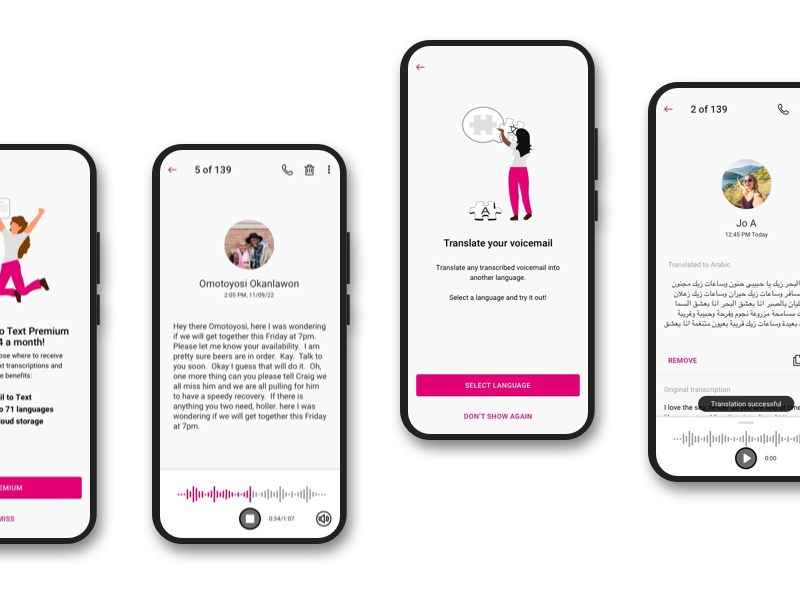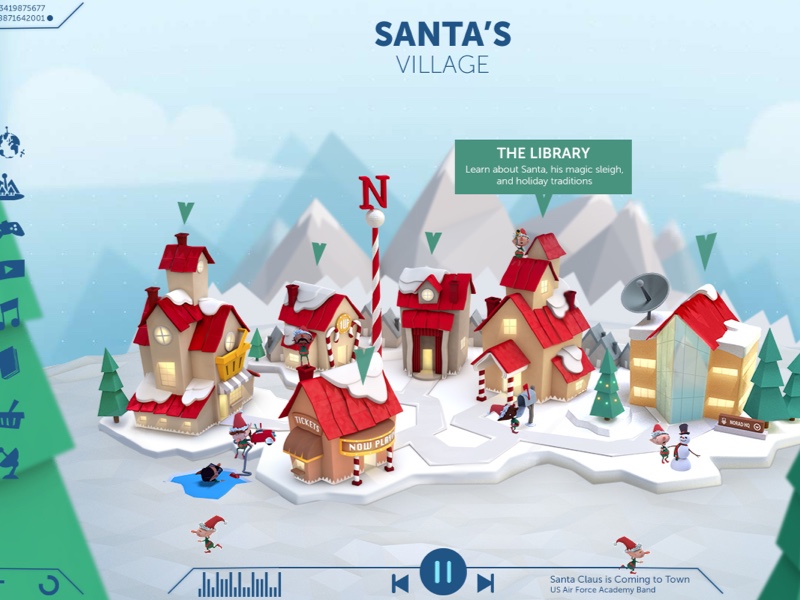Develop a situational awareness and security application that helped the United Nations deliver humanitarian aid in a time of crisis.
Project Summary
What was asked?
The World Food Programme needed to quickly stand up a situational awareness application to meet the need of securely delivering humanitarian aid effectively in response to a catastrophic flooding event in South Asia.
What I did?
- Understand the logistics and security needs for a global humanitarian relief effort
- Develop an intuitive application that required minimal training and offered multi-language support
- Create a visual design system that was easy to implement and test
- Factor in the ability to quickly kill the entire application in theatre and remotely
Challenge
The UN carries out this mission operating more than 50 aircraft, 5,000 trucks, and 30 ships on any given day. The Emergency Preparedness Integration Center (EPIC) division provides the software that drives the Worldwide Disaster Response operations for UN WFP to support worldwide humanitarian preparedness and response through improved coordination and communication from its six strategic bases of operation.
To iterate quickly we used a whiteboard to validate interactions and conduct reviews with various stakeholders and cross disciplinary teams in our offices. This allowed the developers to begin coding as we were designing.
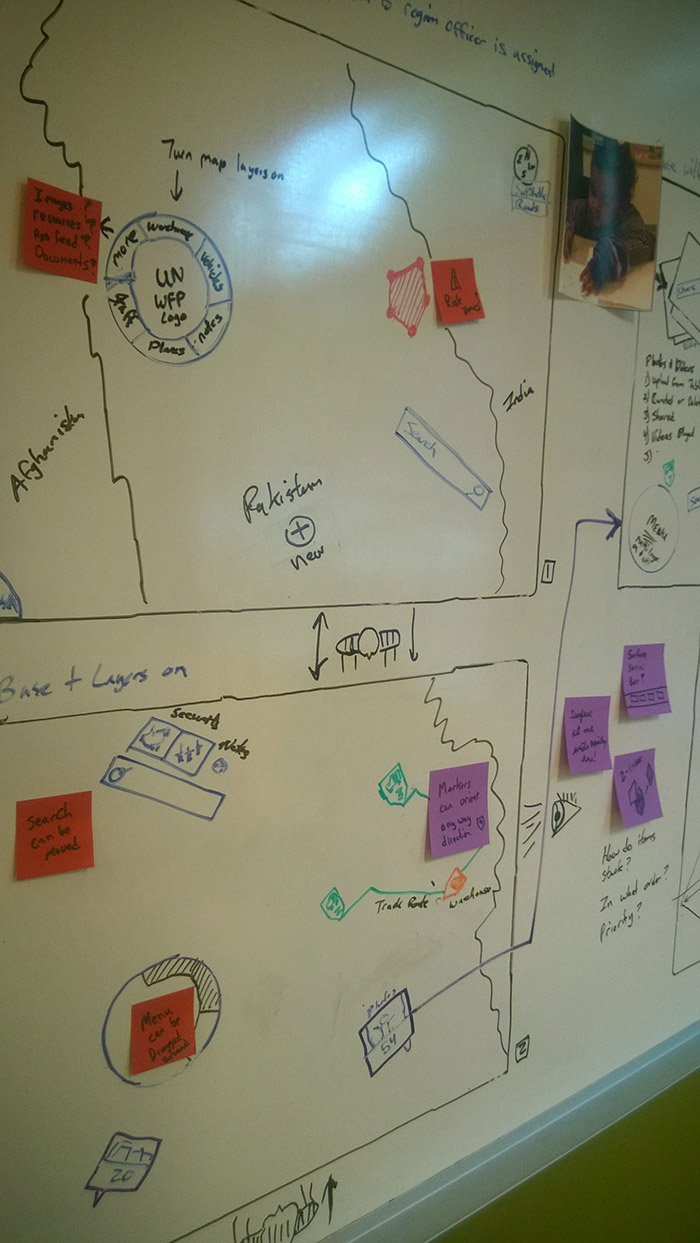
Given the nature of the mission, there were several physical and security related challenges that the user experience and technical architecture needed to address. My colleagues and I teamed up with the UN, Microsoft, and former special services analysts to design and develop a situational awareness application that WFP security and logistical officers could use in the field.
The features included the ability to track in real-time assets and situation on the ground as they developed, the ability to set and monitor danger zones and allow users in the field to upload and share images, video’s, and other intelligence to the central shared system.
In addition, we had to consider security requirements such as the ability to kill the system locally and remotely in the event that the command and control center was compromised.
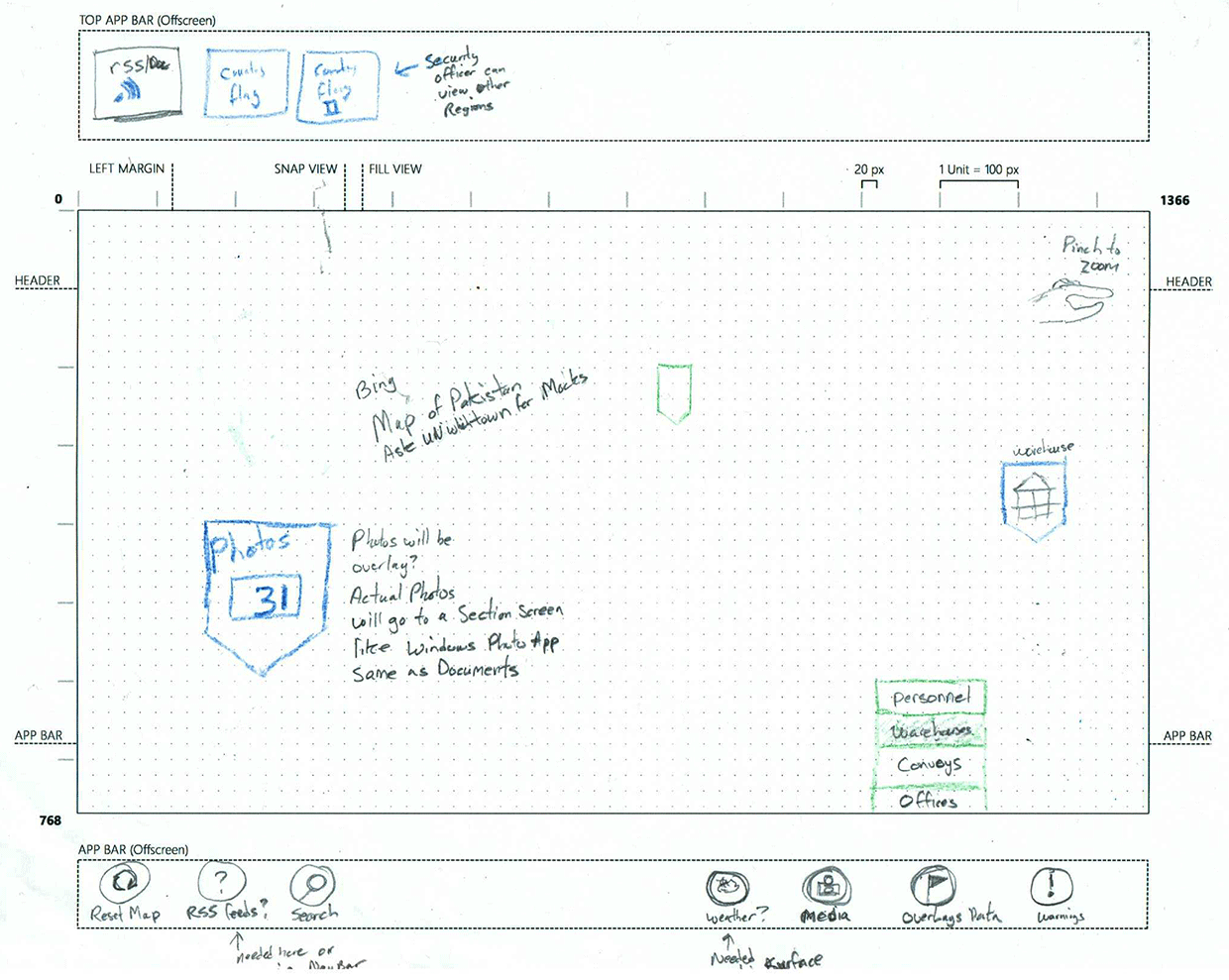
Approach
Given the sophistication and approachability of the Pixel Sense interface including its ability to respond to multiple users simultaneously and with its decreased physical weight and portability it was the ideal platform to build a situational awareness application on.
Microsoft Pixel Sense

My primary role on this was interaction design, user research, and usability testing. In the design approach we developed modern UI design patterns along with Microsoft to accommodate easy to understand localized user interfaces. This approach allowed us to transfer the UI to Surfaces and smart phones without unabridged visual and interaction changes to the user experience.
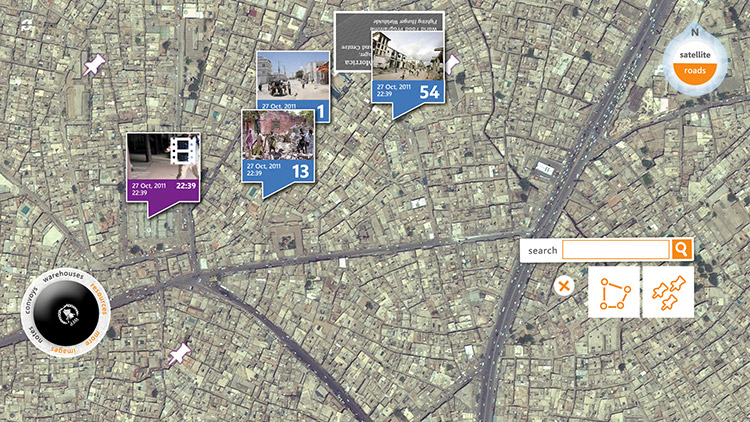
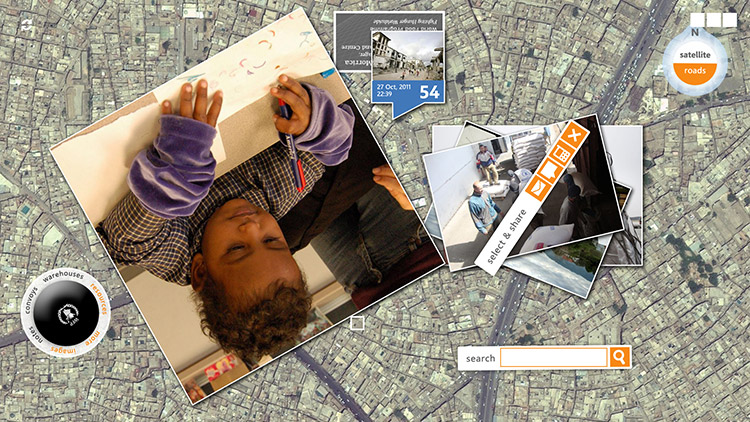

Microsoft Surface

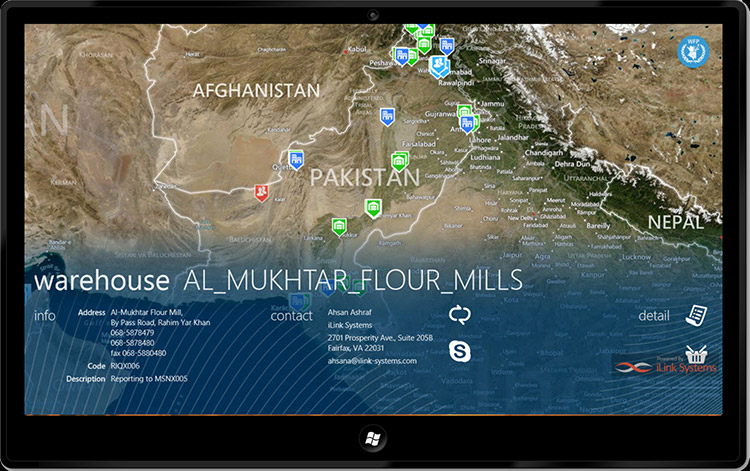
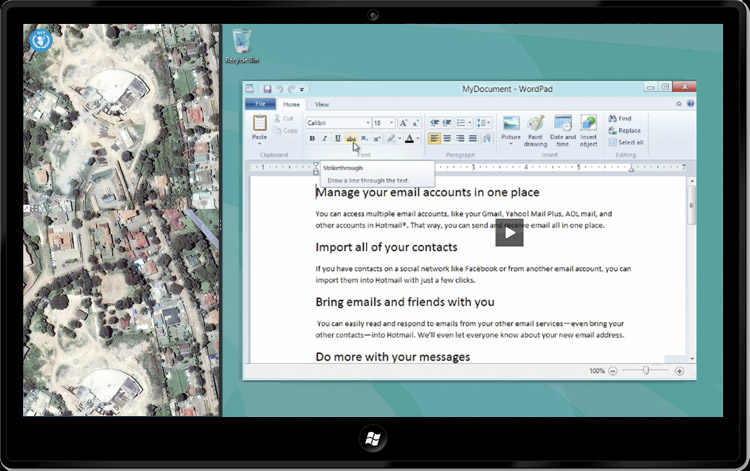

Impact
Learnings: Working with the special services analysts in particular enlightened us to a whole new way about discerning thoughtfully around user experiences and design within the national security and public safety space. Considering how to approach design in context for audiences that do not work primarily in a traditional office environment. This project lead to designing a few more mobile applications for law enforcement agencies around the world.

